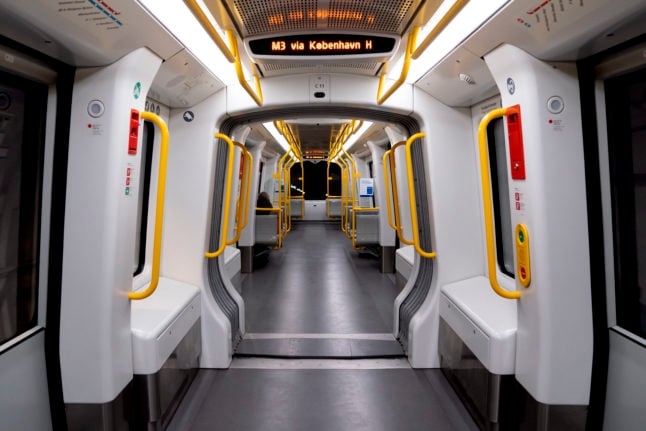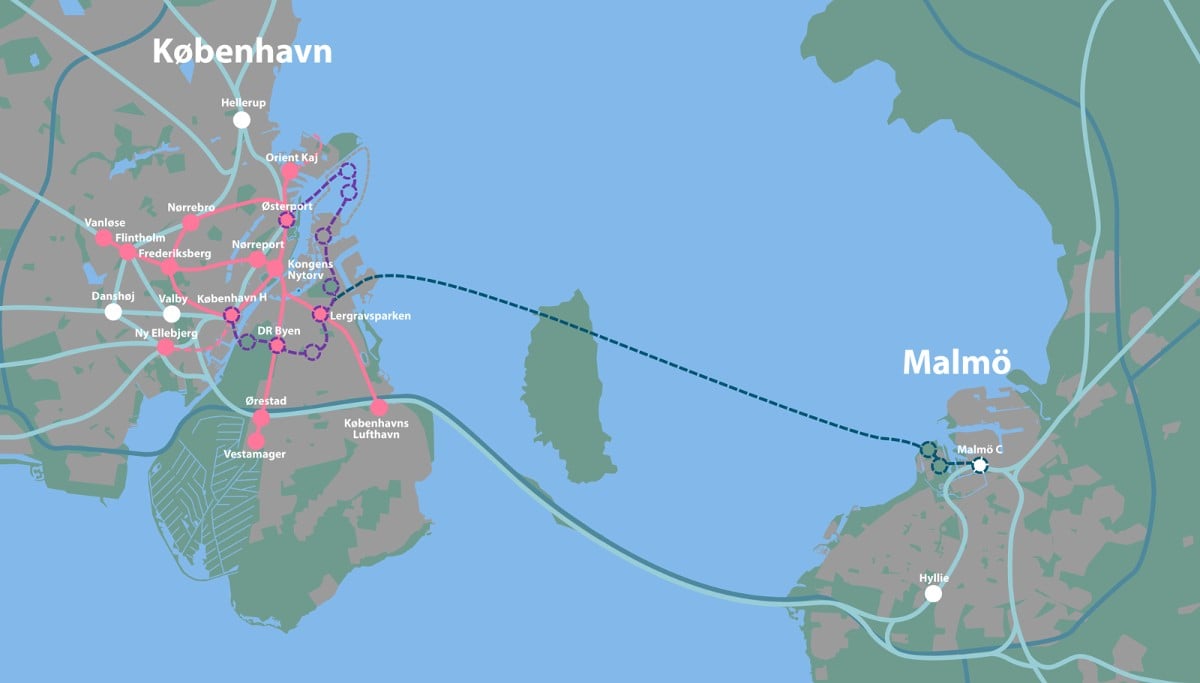The M3 Cityring line, along with the M4 line, will both be closed for over two weeks so that the Metro can run test operations before opening five new stations on the M4 line this summer.
The test runs are a legal requirement for the new stations, which will be served by the same driverless systems as the existing shared M3 and M4 line stations.
The closures were originally announced by the Metro last month.
“Because M3 and M4 have a shared operating system on a part of the line between Østerport and Copenhagen Central, we must unfortunately completely close the lines during the test runs,” operator Metroselskabet said in an email.
M1 and M2, the older parts of the Metro, will run as normal during the closure.
Buses will run in place of the closed lines. You can see their schedules and stops here, or check using Denmark’s Rejseplanen app or website.
READ ALSO: Copenhagen city government greenlights extension to Metro line
“But you should expect much longer journey times with the Metro buses than with the Metro,” Metroselskabet said.
The two lines serve around one million passengers every week, according to the company.
The new stops on the M4 line will be located south of central Copenhagen in the Valby and Sydhavn areas. The will have the names Haveholmen, Enghave Brygge, Sluseholmen, Mozarts Plads and København Syd (Copenhagen South).
The M3 and M4 lines, the newer sections of the Metro, opened in 2019 and 2020 respectively.





 Please whitelist us to continue reading.
Please whitelist us to continue reading.
Member comments